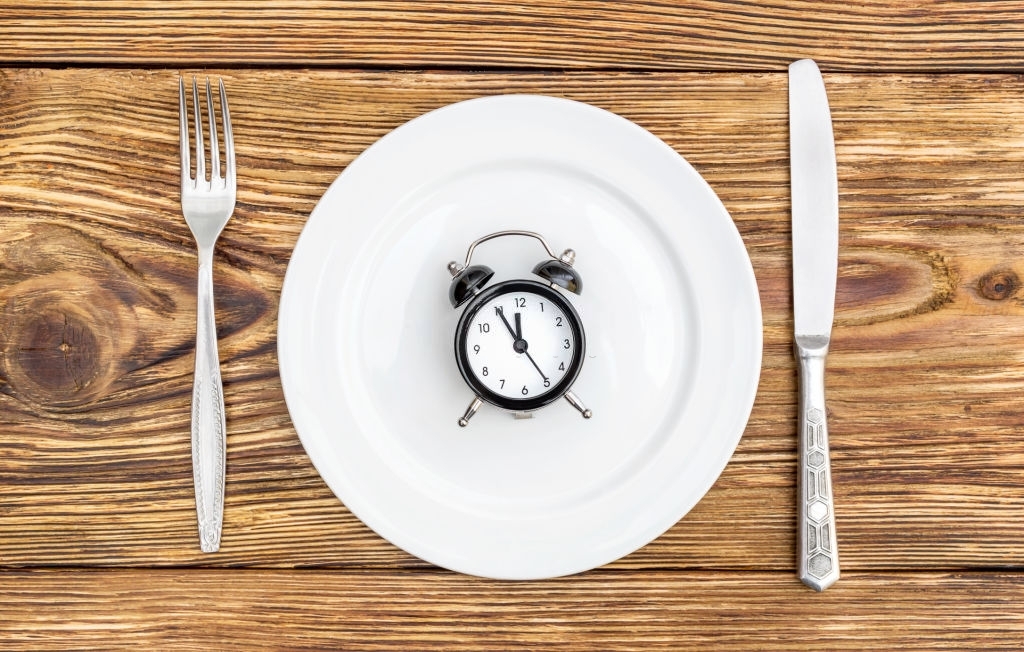Chrono-nutrition is based on the principle of consuming the right foods at the right time, according to the body’s needs. Adopting a balanced diet means providing our body with what it needs at the right moment. The principle is simple: all foods are allowed; however, it is essential to learn to consume them in accordance with our energy needs and our body’s ability to digest and assimilate nutrients, vitamins, and trace elements.
Approved by IREN (European Research Institute on Nutrition), chrono-nutrition is not only a method for managing weight and body shape but also helps regulate cholesterol metabolism and better control non-insulin-dependent diabetes.
Nutritional chronobiology is based on our biological clock to define when a given food can be eaten.
Metabolic factors:
Needs vary from one individual to another. Nutrients are used by the body to produce energy, build the essential components of our cells, and maintain the body’s chemical balance. However, gender, age, morphology, genetics, and physical activity create specific needs for each person.
Chrono-nutrition is based on the idea that our body assimilates certain foods better at specific times of the day. By adapting your diet to your biological rhythm, you can not only better meet your body’s needs but also optimize weight management and overall health.
Have you ever tried to lose weight without understanding why those extra pounds seem to stubbornly cling to your hips? Your office colleague’s plate is fuller than yours, yet you are the one carrying those extra pounds?
If you recognize yourself in these situations, know that you are not alone and that this is not just your imagination.
Unfortunately, we are not all equal when it comes to weight gain and weight loss. Who is responsible for this story? Your metabolism!
Your starting capital, and the diets you may have taken in the past, directly affect the amount of energy you spend on a daily basis. In short, if you eat exactly the same thing as your neighbor at the office, have the same physical activities, it is quite possible that you are not expending as much energy as her and therefore that you are gaining weight.
The factors of assimilation and nutritional bioavailability are linked to the biological rhythms of the enzymatic digestive capacities, the capacities of assimilation and absorption as well as the capacities of secondary metabolism by the hepatic enzymes (transaminases, transferases, cytochrome…).
The metabolic fate of a nutrient or a micronutrient will therefore be different depending on the time of administration.
Chrono-nutrition in practice:
- Breakfast (6.30 a.m. to 8.30 a.m.)
In the morning, it is better to eat fat and protein since the secretion of lipases and proteases is important at the start of the day.
-
- Consume a hot unsweetened drink (herbal tea, tea, coffee)
- Favoring a protein intake allows a satietogenic effect and slows down the absorption of carbohydrates (1 slice of ham for women and 2 slices for men or 1 egg for women and 2 eggs for men)
- A lipid intake covers energy needs, initiates fatty acid metabolism and slows down cholesterol production
- A slow carbohydrate intake of good nutritional density will prevent hypersensitivity to insulin (60g of wholegrain bread or cereal bread for women and 100g for men)
- You can also add to this up to 12g of butter or 20g of cheese for women and 40g for men.
- Snack (10 a.m. – optional)
A protein preparation if necessary (Mandatory depending on the time of breakfast, the goal is indeed not to be hungry at lunch)
- Lunch (11:30 a.m. to 1:00 p.m.)
At noon, prefer to have a meal rich in proteins and slow carbohydrates since proteases and amylases are secreted in a significant way at this precise moment.
-
- An intake of heavy proteins (saturated fatty acids) will notably produce a satietogenic effect accentuated by the concomitant intake of carbohydrates (For the proportion, consume your height in grams; for example: If you are 1.60 m tall, you should consume 160 g of meat)
- Regarding carbohydrate intake, the glycemic index should be low and only cover energy needs. Favor slow sugars (Legumes, rice, pasta; 3 tablespoons of starchy foods or cooked pulses for women and double for men)
- Fat intake should cover energy needs but should only come from meat or vegetable oil (1 tbsp olive oil and / or 1 tbsp rapeseed oil, or 1 teaspoon of camelina oil)
- Add to that raw vegetables at will
- Afternoon tea (4:00 p.m. to 6:00 p.m. – Mandatory)
In the afternoon, the spike in blood cortisol will generate hypoglycemia, which will be limited if you take fruit or sweet products at this time.
-
- Favor the consumption of fast sugars of good nutritional density (1 fruit or a few dried fruits; for example: 3 dried apricots, or dark chocolate at 70% minimum)
- Think about vegetable fat
- Eat a handful of oilseeds
- Do not forget the essential high protein food supplement (chocolate bar or drink for example)
- Dinner (6.30 p.m. to 8.30 p.m.)
In the evening, the digestive secretions are weak, which implies a lighter dinner and based on vegetables and lean protein.
-
- Consume light proteins in the evening (80 g of fish or oily fish for women and double for men, or white meat in the same proportion)
- Eat cooked fiber
- No or little carbohydrate in the evening (because of the very low insulinemia at night)
- Contribution of polyunsaturated fatty acid for membrane fluidity (diapedesis, muscle and joint flexibility, etc.) and anti-inflammatory and restorative role (500 g of fish or fatty fish 3 times per week)
- Add to this vegetables cooked at will
Some additional naturopathic tips:
- Hydration:
Drink 1 to 1.5 liters of water per day from 8:00 a.m. to 6:30 p.m. for better elimination.
- Vegetables:
Vary the colors and the pleasures: eggplant, chard, broccoli, celery, mushrooms, cabbage, cucumber, zucchini, endives, spinach, fennel, green beans, soybean sprouts, peppers, leeks, salad radish, tomatoes, etc. On the other hand, limit the consumption of sweeter vegetables such as carrots, beets, pumpkin, pumpkin, etc.
- Dairy:
Preferably plain, soy or sheep based. Avoid low-fat products! Consume a maximum of one milk per day.
- Starchy foods:
Choose wholemeal pasta, brown rice, potatoes, semolina or even cereals.
- Dried vegetables :
Legumes are to be favored 3 times a week at noon: peas, lentils, white or red beans, flageolet beans, chickpeas, corn, etc.







